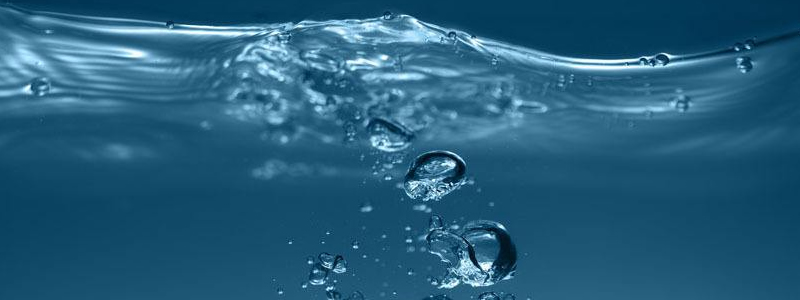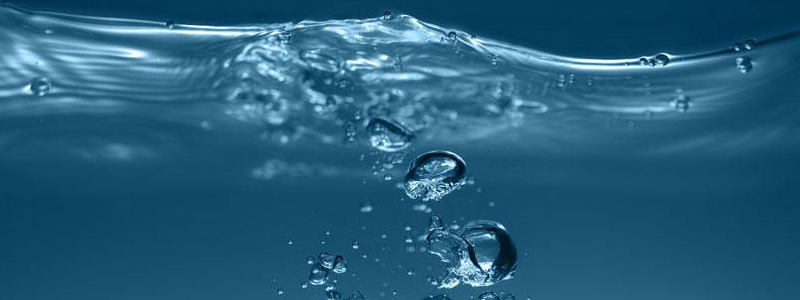
Acrylic acid CAS 79-10-7
Acrylic acid CAS 79-10-7
Molecular Formula:CH2CHCOOH, or C3H4O2, or CH2=CHCOOH
Synonyms:ACRYLIC ACID
2-Propenoic acid
79-10-7
Propenoic acid
prop-2-enoic acid
Molecular Weight:72.06
Acrylic acid, appears as a colorless liquid with a distinctive acrid odor. Combustible. Flash point 130°F. Boiling point 286°F. Freezing point 121°F. Corrosive to metals and tissue. May polymerize under prolonged exposure to fire or heat. If polymerization occurs in a container violent rupture may occur. Generally shipped with an inhibitor such as hydroquinone to prevent polymerization.
Acrylic acid is a alpha,beta-unsaturated monocarboxylic acid that is ethene substituted by a carboxy group. It has a role as a metabolite. It is a conjugate acid of an acrylate.
Acrylic acid (CAS 79-10-7) is an organic molecule and the simplest of the unsaturated acids. At room temperature, acrylic acid is a liquid and has a characteristic acid and tart aroma. It is corrosive in liquid and vapor forms. Acrylic acid is used mainly in the formation of polymers. Its uses include plastics, coatings, adhesives, elastomers, paints, and polishes. Additionally, acrylic acid is used in the production of hygienic medical products, detergents, and wastewater treatment chemicals. The low toxicity of acrylic acid is due to its corrosive nature. Studies have suggested that acrylic acid poses some reproductive hazards; however, conflicting data exist regarding the genotoxicity of acrylic acid.
For more information, please contact:
TIAN@CHEM.NET
 Previous
Previous  Next
Next Get answers and advice from people you want it from.